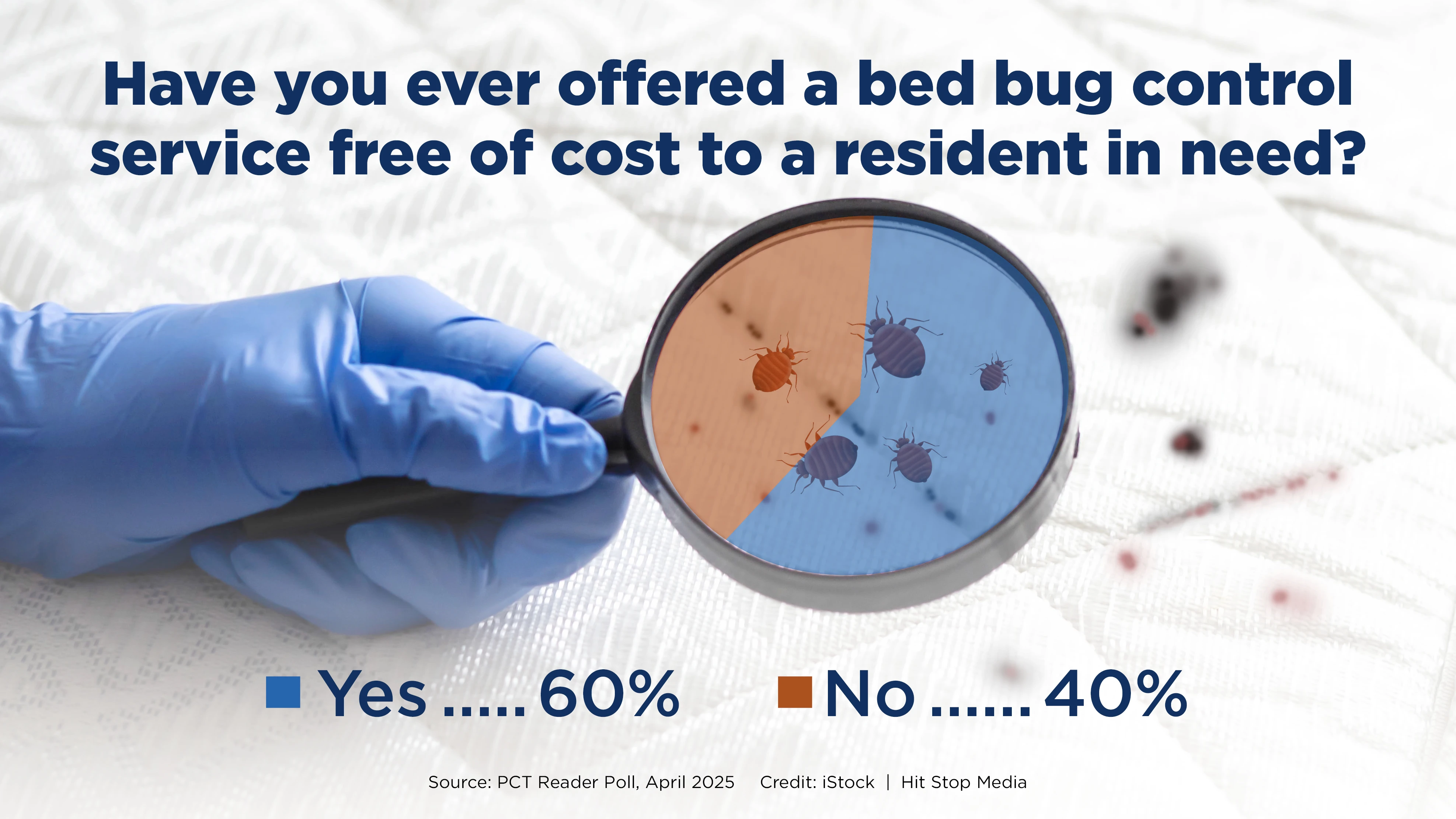This article aims to review and assess the pertinent literature on wild birds in urban ecosystems — that is, birds that live in both urban and suburban habitats — and it includes the feral pigeon (Columba livia f. domestica) as a potential health hazard for people. The survey does not include wild birds kept in captivity (such as in zoological parks and aviaries), reared game, poultry and other domestic birds as a source of human infection, nor does it include pet birds in urban areas. The term “synanthropic birds” is sometimes used alternatively and means wild birds that live in association with people (in human habitats).
Free-living birds = pests. Urban free-living birds could be called companion animals, especially for children, the elderly and lonely people: they are often watched or fed (or both) with pleasure by many city dwellers around the world who are deprived of the countryside. These birds are usually considered to be an agreeable, pleasant component of the urban environment. In that sense, urban birds are not formidable pests.
However, under some circumstances, some urban bird species (especially pigeons, doves, gulls, house sparrows, starlings, blackbirds, grackles and corvids) that congregate at too high population densities produce droppings that harm such human artifacts as historical monuments, buildings, statues, fountains and cars. Also, certain synanthropic avian species can be extremely noisy at feeding sites, breeding colonies, and communal roosts. Moreover, some of them can be harmful to urban vegetation (trees and such fruits as cherries) in gardens (blackbirds and starlings, for example) or cause additional pollution problems with their droppings, which foul yards, sidewalks (creating the risk of slipping and physical injury for pedestrians) and roads, and also produce foul odors. In so doing, such species as pigeons, gulls, starlings, grackles, blackbirds and corvids become a nuisance. In addition, some medium-sized gregarious birds, such as gulls, rooks and lapwings, can cause dangerous aircraft accidents, during take-off and landing at suburban airfields.
A source of ectoparasites. In urban areas, nests of feral pigeons in the lofts of houses can result in invasions of soft ticks (such as the pigeon tick, Argas reflexus) into closely situated flats and apartments. Such invasions can result in infestations of their occupants that often lead to allergic reactions. Other pigeon ectoparasites can occasionally attack humans as well. Examples of these are: mites, such as the chicken mite (Dermanyssus gallinae), which may produce allergic reactions, especially in children and susceptible adults; bugs, such as the pigeon bug (Cimex columbarius); and fleas, such as the pigeon flea (Ceratophyllus columbae).
Wild birds & human pathogens. Yet another (and more serious) problem could arise: some urban birds are associated with microorganisms pathogenic to people; thus, these birds present a potential human health hazard. It is well established that wild birds, including those living in the urban ecosystem, can harbor pathogenic microorganisms and also spread them to people. In general, birds may be involved in the circulation of pathogenic microorganisms in a number of diverse ways:
- As biological hosts (the pathogen multiplies in or on the avian body) with an acute infection (such as ornithosis), chronic infection (such as tuberculosis) or latent infection, and as carriers shedding the causative agent for a prolonged period (such as salmonellosis);
- As mechanical hosts or carriers (the pathogen only survives and does not multiply in or on the avian body): the carriage can be either external (on the surface of the bird’s body) or internal (when the causative agent passes through the digestive tract and is excreted in a viable state);
- As carriers of infected haematophagous ectoparasites, especially ixodid (hard) ticks; birds may also serve as non-infections blood donors, just supporting the lifecycle and increasing the population density of potential arthropod vectors of transmissible diseases; and
- Are so-called lessors, providing a substrate (such as droppings, pellets, and nest linings) suitable for reproduction or survival (or both) of pathogenic agents (such as Histoplasma capsulatum and Cryptococcus neoformans); birds are lessors when the pathogen multiplies in avian excreta or nests — that is, outside the bird’s body.
From an epidemiological perspective, these infections can be regarded as ei-ther zoonoses (diseases transmitted from animals to people, as in cases 1-3) or sapronoses (diseases caused by organisms of the environment, as in case 4, where the causative agent requires a non-animal reservoir or site to replicate or complete the development).
Management implications. In general, the benchmarks for urban bird management should take into consideration the following:
- identifying the real public health threat posed by urban birds, using monitoring and surveillance methods;
- determining the level of threat that requires a response to protect the public;
- deciding the type, intensity and timing of a response;
- measuring the success of the response.
Some synanthropic avian species can obviously serve as hosts, reservoirs, transporters or lessors of a few human pathogens. However, the extent and sig-nificance of this epidemiological hazard might vary enormously, and it should be measured according to local conditions in particular urban areas. It is therefore very difficult to propose and apply a set of general benchmarks for urban birds as a public health threat. In general, the evidence and estimation of the lev-el of threat must be based on data on the incidence of bird-borne illnesses in particular urban settings, using standard epidemiological surveillance methods. The straightforward way of determining the epidemiological hazard is to first establish whether a human bird-borne infection does or does not occur at a particular urban setting. If it does, the second step is to establish how often it occurs (incidence of the disease). The final step then involves a decision about the level (such as one human case or more cases) at which public funds should be spent on preventive and control programs and measures.
At least several cases of human disease directly associated with urban birds or their habitats have been reported for ornithosis, histoplasmosis, campylobacterosis, salmonellosis, mycobacteriosis, cryptococcosis, toxoplasmosis and Q fever. However, compared with other communicable diseases, in general, their annual incidence is quite low, but underreporting should be taken into account. Also, although no cases acquired directly from birds have been described for a number of other infectious diseases (mostly arthropod-borne infections), certain wild urban birds can serve as amplifying hosts or carriers of infected perimaginal ixodid ticks, contributing thus to the circulation of disease agents in urban areas.
Monitoring and surveillance. A prerequisite for managing urban birds and their potential public health hazard is the monitoring of avian populations and surveillance for associated zoonoses and sapronoses. The majority of the public health problems caused by wild birds are associated with feral pigeons, gulls, blackbirds, grackles, starlings, corvids and house sparrows. For instance, at least 800 reported transmissions of pathogen (mostly C. psittaci) from feral pigeons to people have been found, this probably being only the so-called tip of the iceberg. Similarly, hundreds of cases of histoplasmosis in people have been acquired via the airborne route during, or after, work on communal roosts of birds in urban areas in North America.
Public health surveillance should involve both a passive and active monitor-ing approach, the former based mainly on reports of disease, while the latter also includes serological surveys of urban birds and city dwellers, further microbiological examination of competent haematophagous invertebrate vectors and avian hosts (their infection rate), and investigations of habitats as sources of disease. Monitoring priorities should then be established and objectives defined for prevention and control of bird-related infections.
Control in urban areas. The control of wild bird populations (especially those of feral pigeons) in urban and suburban areas is difficult and sometimes ineffective. However, a few so-called public-friendly methods are available to control potentially infected urban bird populations. To prevent risks that arise from the presence of infections in birds or infectious materials in their droppings, several tasks should be performed, as soon as microbiologists and epidemiologists have demonstrated an infection (zoonosis or sapronosis). These tasks include:
- restricting feeding at public places
- inhibiting breeding on buildings, by mechanically blocking the loft orifices and perching sites in, on and below the roofs, using netting, spikes, repellent gels and electroshock deterrent systems
- collecting and inactivating avian (pigeon) eggs
- controlling scavenging birds, such as gulls and corvids, on landfill sites (garbage deposits)
- controlling seagulls at harbors and airports (if their numbers create hygienic and safety problems)
- controlling and sanitizing large communal roosts of birds in city parks — for example; effective decontamination of the soil under communal roosts infected with sapronotic fungi (H. capsulatum) is possible by repeated (3-4 times) use of 3% formaldehyde
- reducing the number of nest boxes available for starlings
- trapping birds (in nets or various bird traps) and euthanizing the captured birds, if permitted
- sterilizing birds chemically, with a treated grain bait, if permitted
These activities should be carried out in an integrated approach to bird management, since individual steps alone do not produce success. Furthermore, inspection and control measures must be performed by, or under the supervision of, veterinary public health agencies — and only when they are substantiated and necessary. Ornithologists, wildlife managers and citizen representatives (such as consumers) should be involved in implementing the control measures. The integrated approach to bird management also needs a public education component (media) and legal (regulatory) component — that is, political support — as necessary parts of the process. Finally, a risk-benefit analysis should also be performed.
Control Techniques. Birds can be dispersed by various techniques, including:
- tape strips
- airport strobe lights and flashlights
- fireworks, rockets and shell crackers (cartridges that contain no lead shot) against approaching flocks, which, although effective, are less acceptable in cities
- shooting, pistols, explosives and scream-ers;
- tape-recorded distress or scary calls of birds (such as those of owls);
- falcons and other trained raptors;
- water-mist sprayers;
- plastic netting; and
- habitat modification, by thinning, clearing or even eliminating the vegetation (such as reeds, brush and trees) on communal roosts.
Birds, however, usually get accustomed to being disturbed by various acoustic or light signals. Some of the methods could be used only under certain circumstances and should be used respectfully in residential environments.

Explore the September 2009 Issue
Check out more from this issue and find your next story to read.
Latest from Pest Control Technology
- Target Specialty Products, MGK Partner for Mosquito Webinar
- Cockroach Control and Asthma
- FORSHAW Announces Julie Fogg as Core Account Manager in Georgia, Tennessee
- Envu Introduces Two New Innovations to its Pest Management Portfolio
- Gov. Brian Kemp Proclaimed April as Pest Control Month
- Los Angeles Ranks No. 1 on Terminix's Annual List of Top Mosquito Cities
- Kwik Kill Pest Control's Neerland on PWIPM Involvement, Second-Generation PCO
- NPMA Announces Unlimited Job Postings for Members





